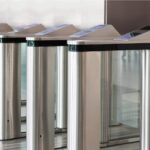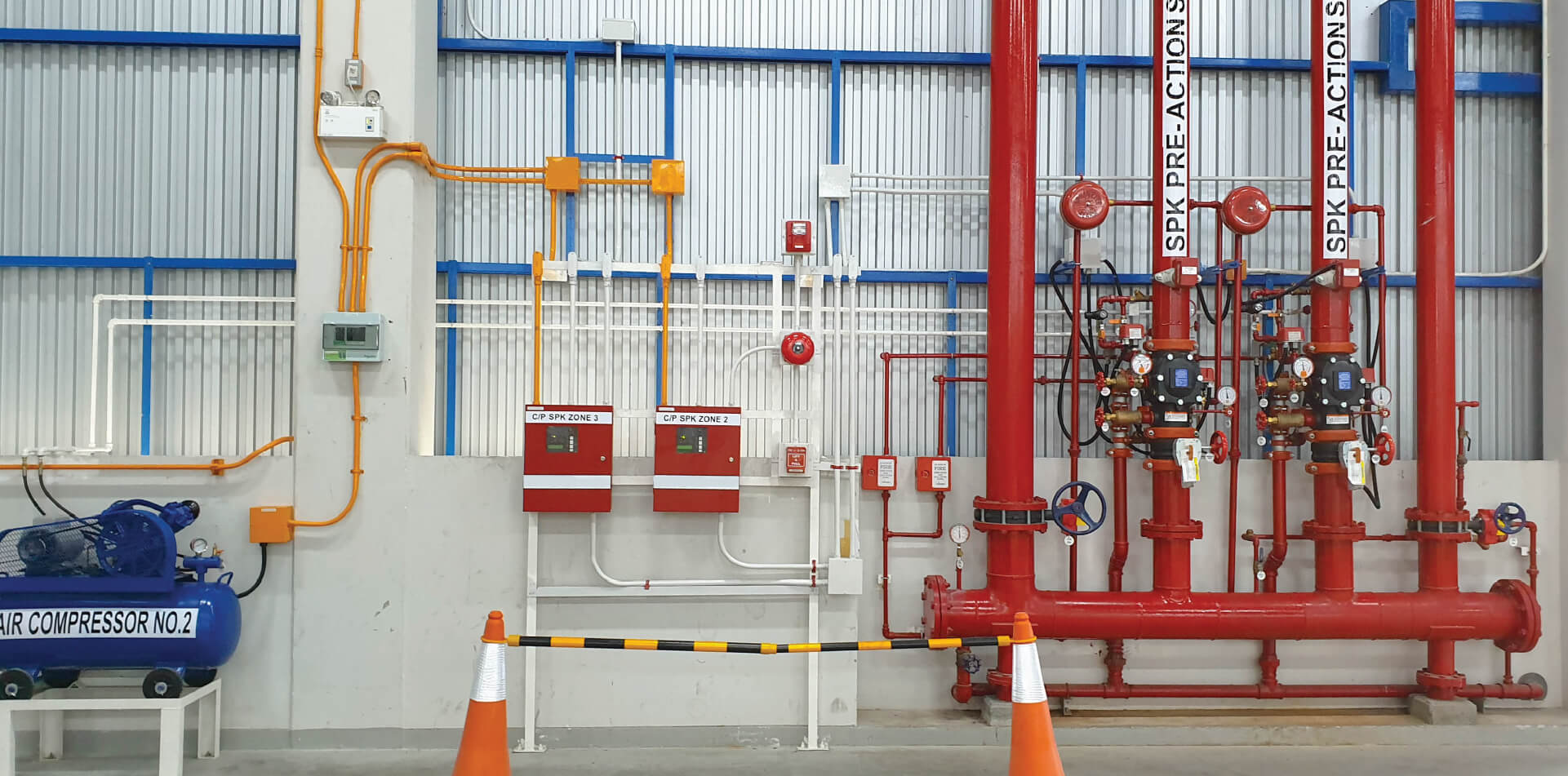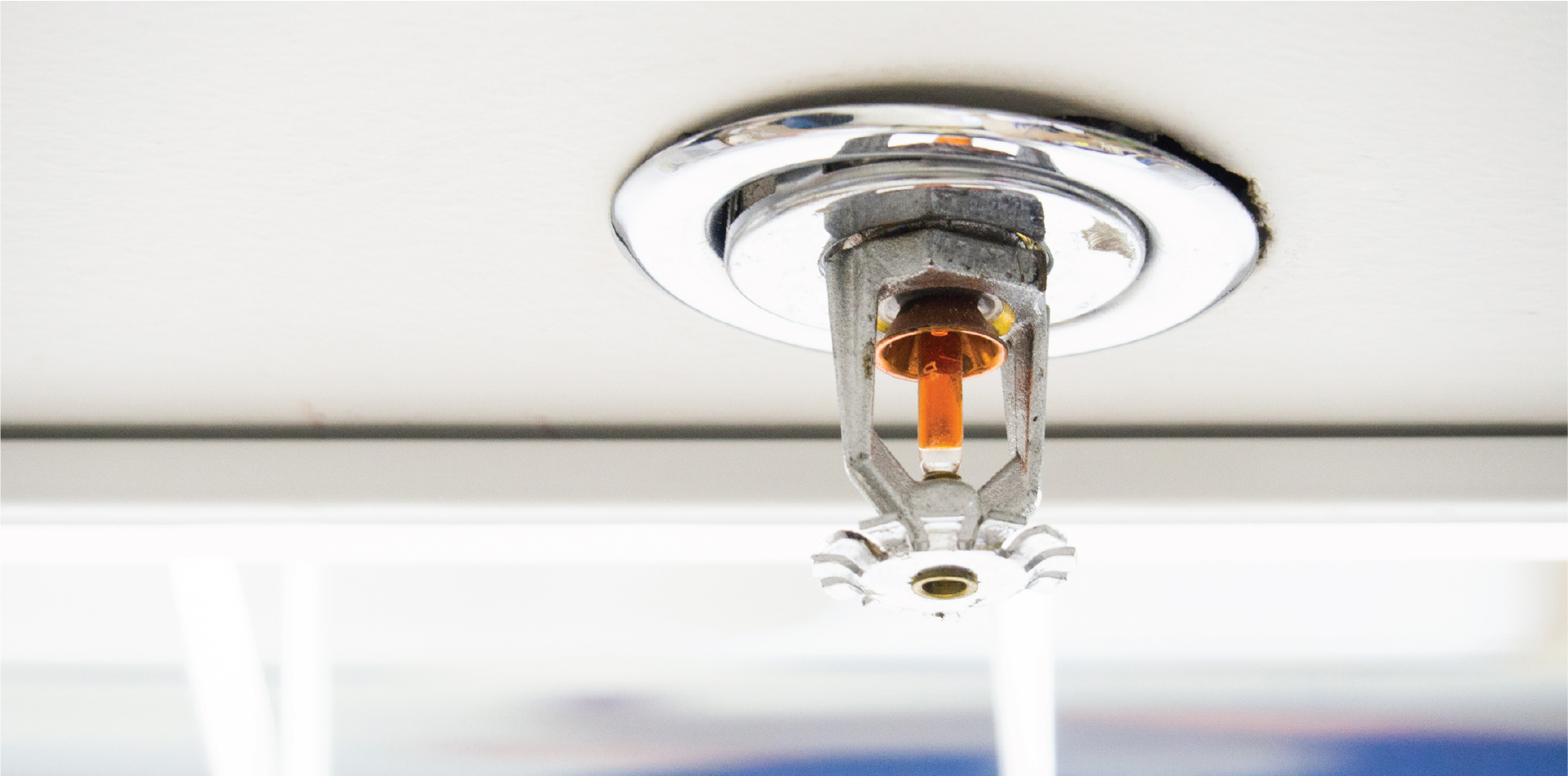Does seeing a light lit on your fire alarm panel fill you with a feeling of dread? It shouldn’t! By taking the time to understand what the basic signals mean, you will begin to feel much more comfortable with your system.
There are three basic categories for fire alarm panel signals: trouble, supervisory, and alarm.
Trouble Signal
A trouble signal is typically designated by a yellow light and means that there is an 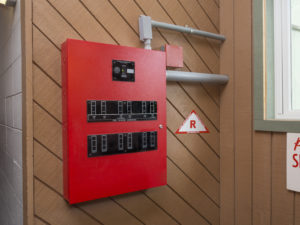 operational issue. For some more advanced systems, the panel may indicate the kind of problem and where it is located. Your fire protection company should be notified of these alerts.
operational issue. For some more advanced systems, the panel may indicate the kind of problem and where it is located. Your fire protection company should be notified of these alerts.
- Power – Does the alarm system have power or did the power recently black out? Make sure that the breaker did not accidently shut off, as it is a commonly overlooked issue.
- Batteries – If the fire alarm batteries have not been changed in the last 3 to 5 years, they may be below capacity and should be replaced. Their connections should be checked as well.
- Voice Over IP Switch – Recently, facilities have been upgrading from copper lines to voice over IP. It is sometimes forgotten that the fire alarm is connected, which then does not allow the system to complete its daily test. This also means that no one would be able to dial out in the event of an emergency.
- Ground Fault – There are a few different reasons why a ground fault would occur. A bare wire could be touching something in the junction box, a wire could have been cut or loosened, or a lightning strike could cause circuit issues.
Supervisory Signal
A supervisory signal indicates that there is an issue with one of the systems that are attached and monitored by the fire alarm system. Your fire protection professionals should be notified for these issues.
- Sprinkler Valve – Sometimes a sprinkler valve is accidentally left open after a maintenance check.
- Low-Pressure Switch – Has your compressor stopped working? Sometimes a small hole in the pipe can allow air to escape and will not allow the compressor to meet the demands of the system.
- Duct Detectors – Sometimes duct detectors are activated when air conditioning or heating has been turned off for a while, then turned back on. High humidity and condensation from air conditioning and dust burned on heating coils from heating can both cause this problem.
Alarm Signal
Some of the most common causes of false alarms, alarm signals are red and mean that there is an emergency that requires attention immediately.
- Maintenance – Has your system been properly maintained and inspected?
- Smoke Detectors – Sometimes the smoke detectors in a building can be improperly cleaned and may cause a false alarm.
- Waterflow Switch – If the delay mechanism on a waterflow switch is not properly set, it could trigger a false alarm when a surge of water flows through it.
Do you have questions about your fire alarm system? Contact the fire protection experts at A Total Solution, Inc. today for all of your fire alarm system needs!







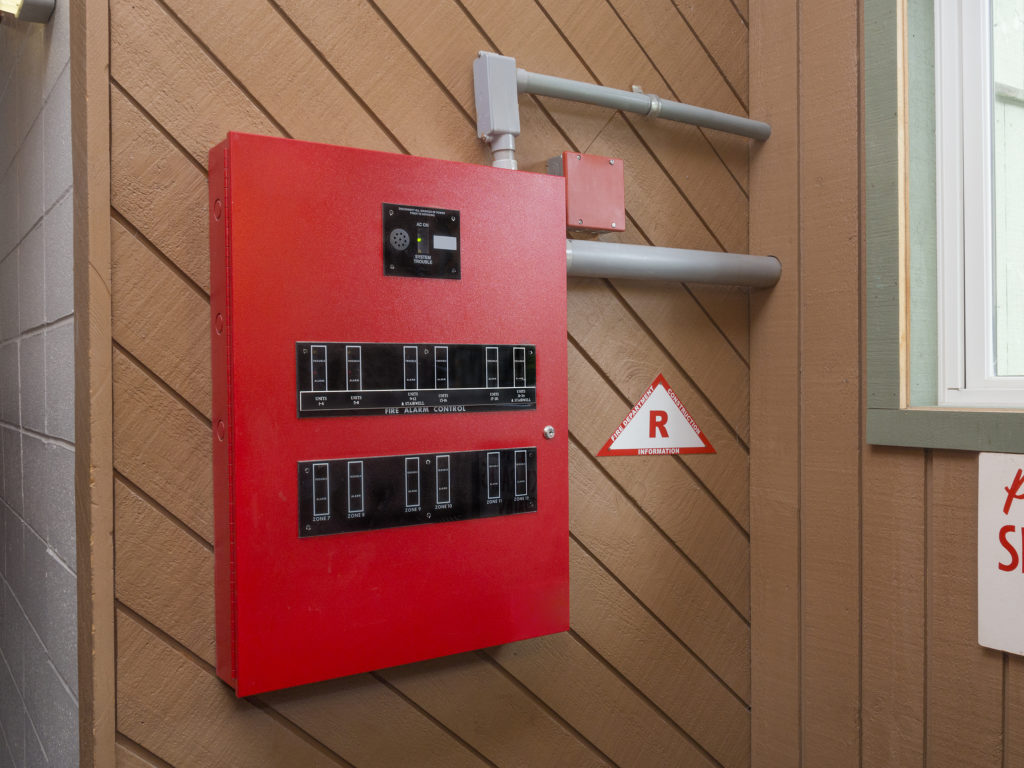
 operational issue. For some more advanced systems, the panel may indicate the kind of problem and where it is located. Your fire protection company should be notified of these alerts.
operational issue. For some more advanced systems, the panel may indicate the kind of problem and where it is located. Your fire protection company should be notified of these alerts.

